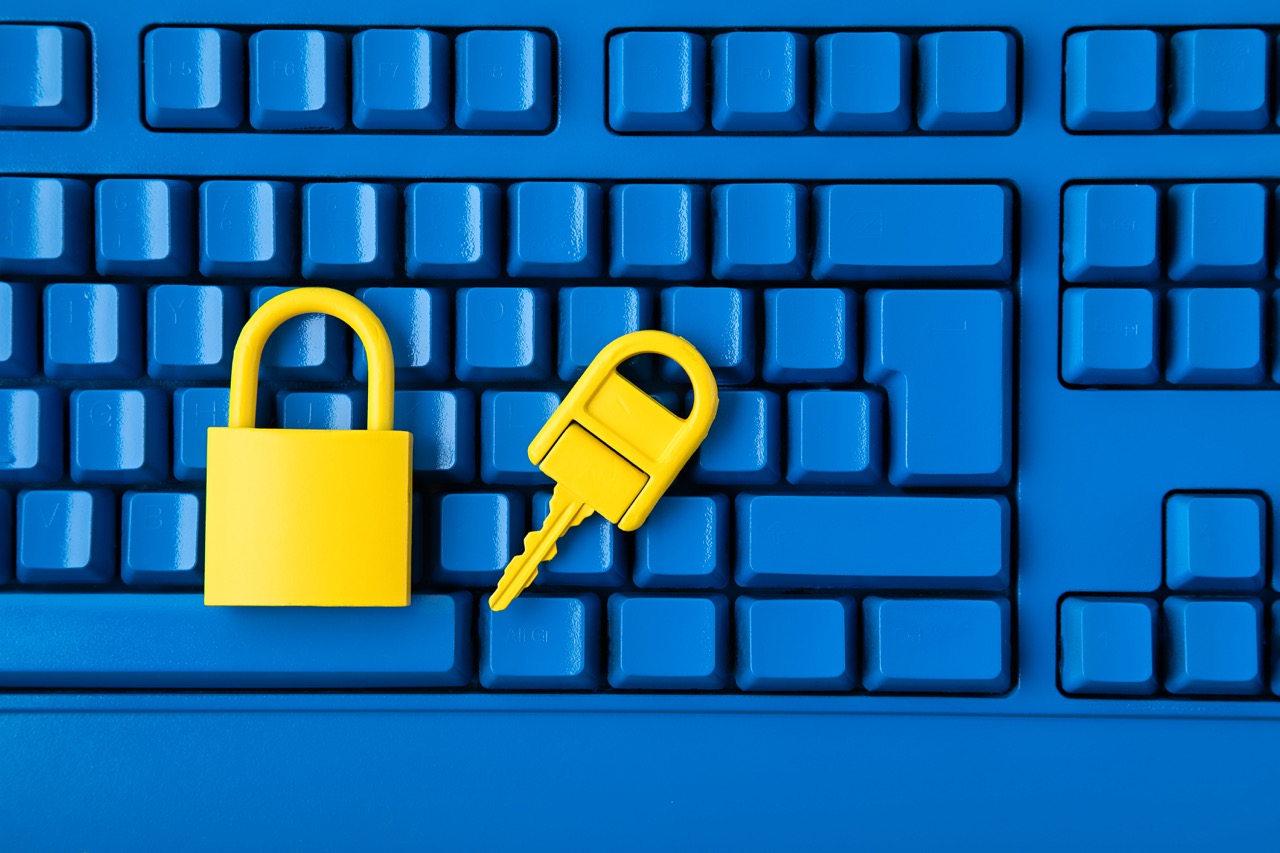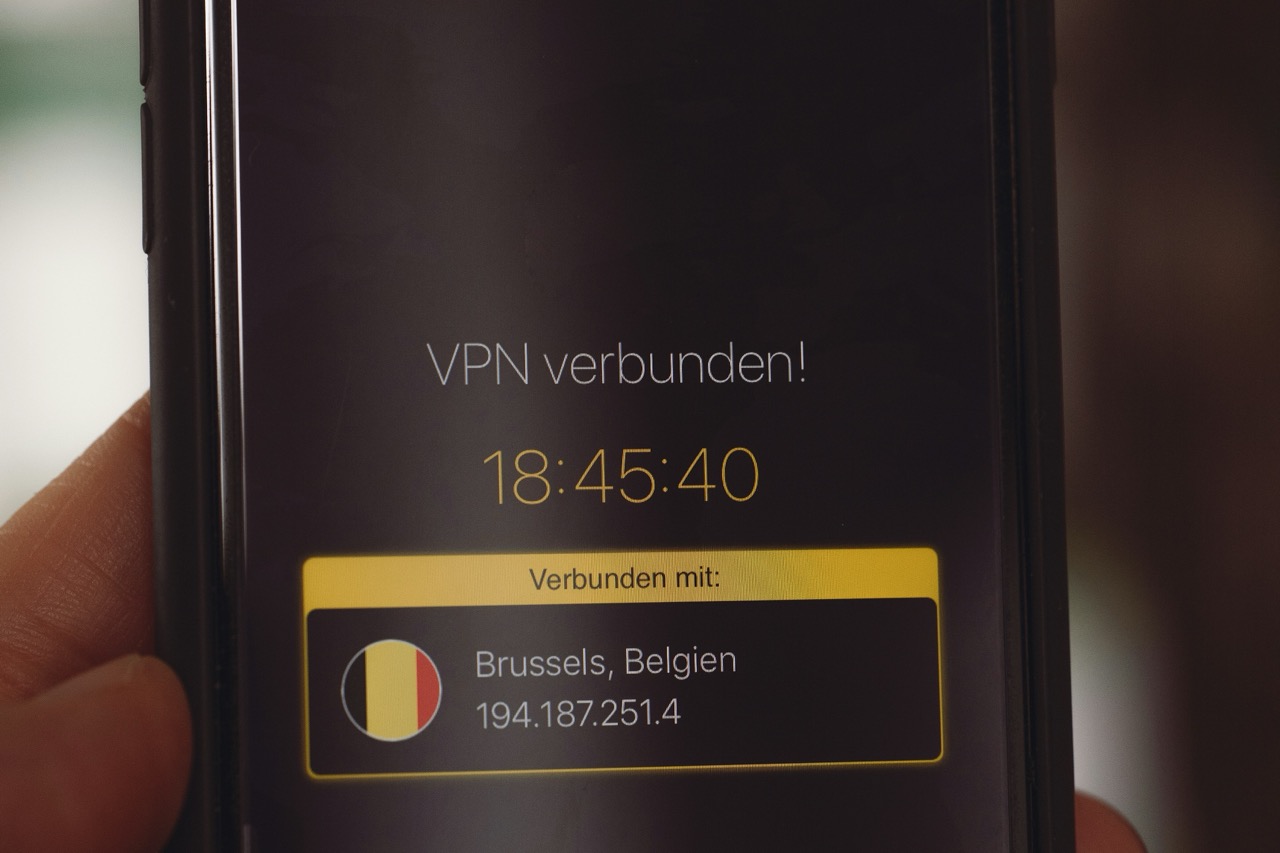In today’s digital age, having a secure online presence has become more crucial than ever, especially for families. Virtual Private Networks (VPNs) offer a robust solution to protect online activities from prying eyes, ensuring privacy and security. Setting up a VPN can seem daunting, but with the right guidance, families can effortlessly navigate the process. This article provides a comprehensive overview of how to set up a VPN for your family, focusing on understanding the technology, selecting the right service, installation, configuration, security practices, and troubleshooting.
Understanding the Basics of VPN Technology and Its Benefits
A Virtual Private Network (VPN) is a service that creates an encrypted connection over the internet between your device and a remote server. This technology masks your IP address, making your online activities anonymous. By utilizing a VPN, families can safeguard their internet traffic from hackers, ISP monitoring, and potential data breaches, ensuring that their personal information remains private.
There are numerous benefits to implementing a VPN for your family. Firstly, a VPN can help you access region-restricted content, allowing families to enjoy streaming services from different countries without geographical limitations. This feature is particularly advantageous for families who travel frequently or have members residing abroad, enabling them to stay connected to their favorite shows and services.
Moreover, using a VPN enhances security when connected to public Wi-Fi networks, which are often vulnerable to cyber-attacks. Families can confidently browse the internet, check emails, and conduct financial transactions without the fear of malicious actors intercepting their data. Overall, a VPN provides an essential layer of protection in an increasingly interconnected world.
Choosing the Right VPN Service for Family Needs
When selecting a VPN service for your family, it is vital to consider several factors. The first is the provider’s reputation and reliability. Research user reviews and expert opinions to ensure that the service has a proven track record of protecting user data and maintaining a log-free policy. A trustworthy VPN service will prioritize user privacy and security, ensuring that family members can browse without concerns.
Another significant factor is the range of simultaneous connections offered by the VPN service. Since families often have multiple devices, it is essential to choose a provider that allows multiple connections under a single account. This feature ensures that everyone in the family can enjoy the benefits of the VPN simultaneously, whether on smartphones, tablets, or smart TVs.
Finally, assess the features offered by the VPN service, such as speed, location variety, and additional security protocols. Some VPNs excel in streaming capabilities, while others may focus on providing robust security features. Depending on your family’s specific needs, you may prioritize different aspects of service, ensuring a tailored fit for your online activities.
Step-by-Step Guide to Installing VPN Software
Once you have chosen the right VPN service for your family, the next step is installation. Begin by signing up for the VPN service and downloading the appropriate application for your devices. Most reputable VPN providers offer software for various platforms, including Windows, macOS, Android, and iOS. Ensure you download applications from the official website or authorized app stores to avoid potential security risks.
After downloading the application, follow the installation prompts to set up the software on your devices. This process typically involves accepting terms of service and selecting installation preferences. For some devices, you may need to provide administrative permissions to complete the installation successfully. It’s crucial to complete this step on each of the family’s devices that require VPN protection.
Once installed, launch the VPN application and log in using the account credentials created during registration. Many VPNs will guide you through a quick setup process, allowing you to choose your preferred server location and configure basic settings. After this initial setup, your family members will be equipped to connect to the VPN with ease.
Configuring VPN Settings for Optimal Family Use
After installing the VPN software, configuring settings for optimal family use is essential. Start by selecting a default server location that best meets your family’s needs. For example, if streaming is a priority, you may choose a server in a region where your desired content is available. A VPN with a built-in speed test feature can help identify the best server for performance and reliability.
Next, review and adjust the VPN settings according to your family’s online habits. Some VPN services offer options such as split tunneling, which allows you to choose which applications or devices use the VPN connection. This feature can be beneficial for families that want to prioritize speed for certain online activities while maintaining privacy for others.
Additionally, enable security protocols offered by the VPN service. Opt for stronger encryption methods, such as OpenVPN or IKEv2, to bolster your family’s protection against cyber threats. Regularly updating these settings as needed will help maintain a secure and efficient browsing experience across all family devices.
Ensuring Security: Best Practices for VPN Usage
To maximize the security benefits of using a VPN, families should adopt several best practices. Firstly, encourage all family members to connect to the VPN whenever they access the internet, especially on public Wi-Fi networks. This habit will ensure that their online activities are encrypted and shielded from potential eavesdroppers.
Secondly, educate family members about the importance of strong, unique passwords for VPN accounts and device logins. Utilizing password managers can facilitate the creation and management of secure passwords, reducing the risk of unauthorized access. Additionally, enabling two-factor authentication (2FA) on VPN accounts can add an extra layer of protection against cyber threats.
Lastly, regularly review and update the VPN software to ensure that you are using the latest version with the most current security features. Staying informed about potential vulnerabilities or security patches is crucial for maintaining a secure family online environment. By adhering to these best practices, families can enhance their overall online security while enjoying the benefits of their VPN.
Troubleshooting Common VPN Issues for Families
Despite the advantages of using a VPN, families may encounter occasional troubleshooting challenges. One common issue is a slow connection speed, which can be caused by various factors, including server congestion or distance from the chosen server location. To address this, families can test different servers provided by the VPN service to find one that offers better performance.
Another frequent issue involves connectivity problems, where devices may struggle to connect to the VPN. In such cases, restarting the VPN application or the entire device can often resolve the issue. If problems persist, families should ensure that their internet connection is stable and check for any firewall settings that may be blocking the VPN connection.
Lastly, families should familiarize themselves with the customer support resources provided by their VPN service. Many reputable VPN providers offer 24/7 support via chat, email, or phone. Utilizing these resources can help families quickly resolve issues and maximize their VPN experience, ensuring smooth and secure internet usage.
Setting up a VPN for your family is a proactive step toward enhancing online security and privacy in a technology-driven world. By understanding the fundamentals of VPNs, selecting the right service, and following the installation and configuration steps outlined in this article, families can enjoy a safer and more secure internet experience. With best practices in place and effective troubleshooting strategies, families can confidently navigate the digital landscape, ensuring that their online activities remain protected.










